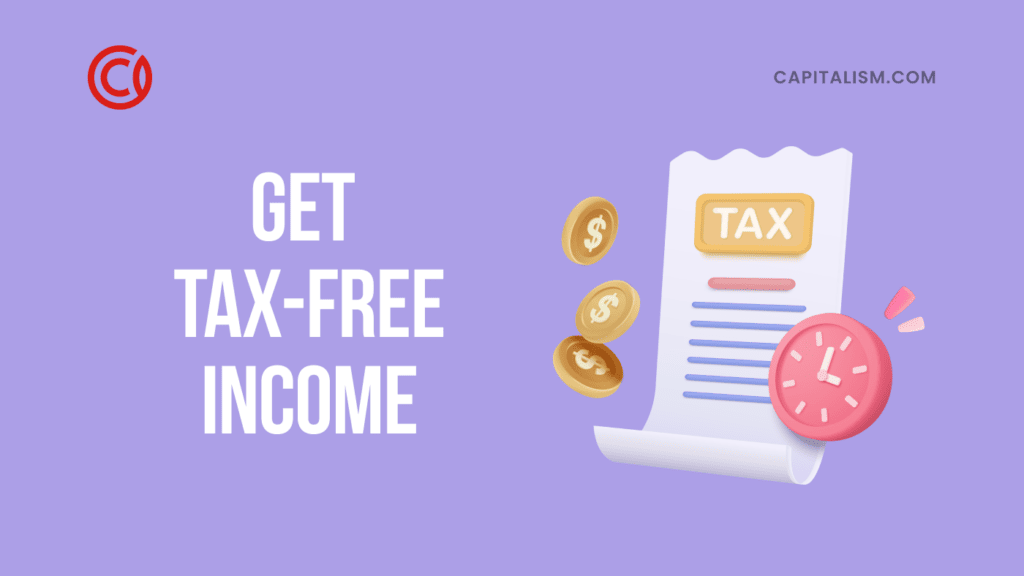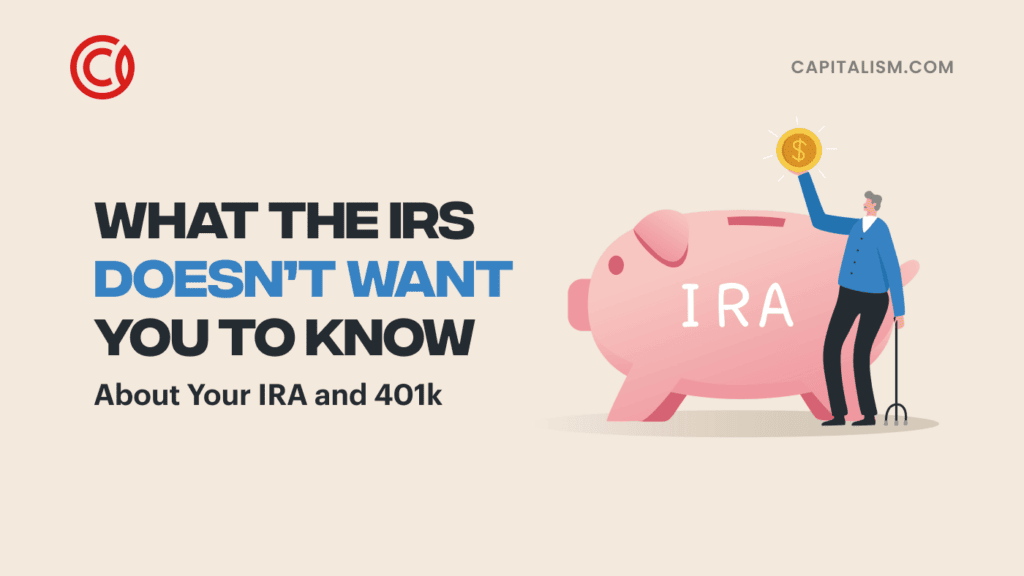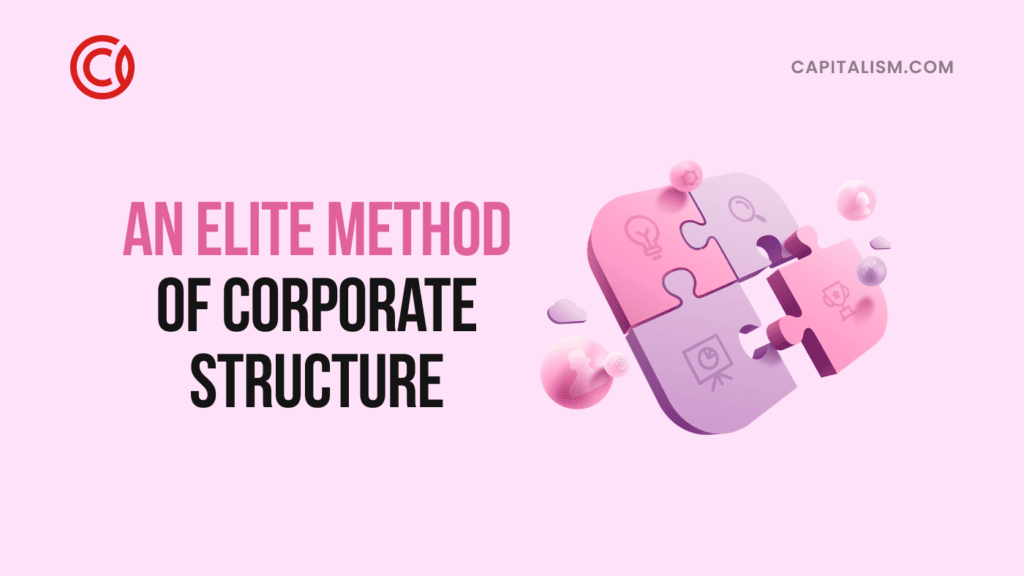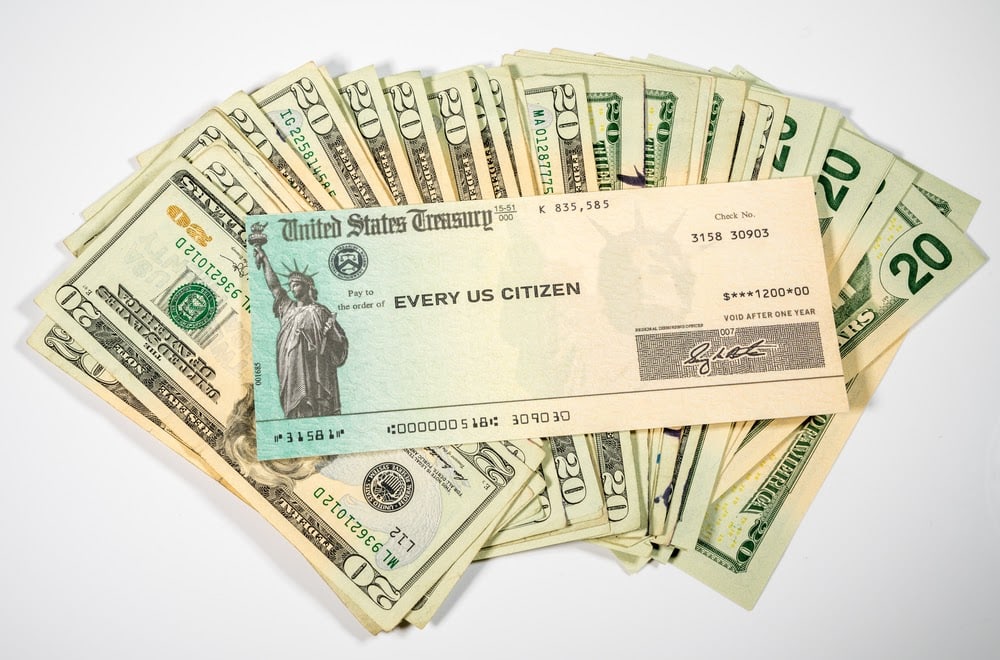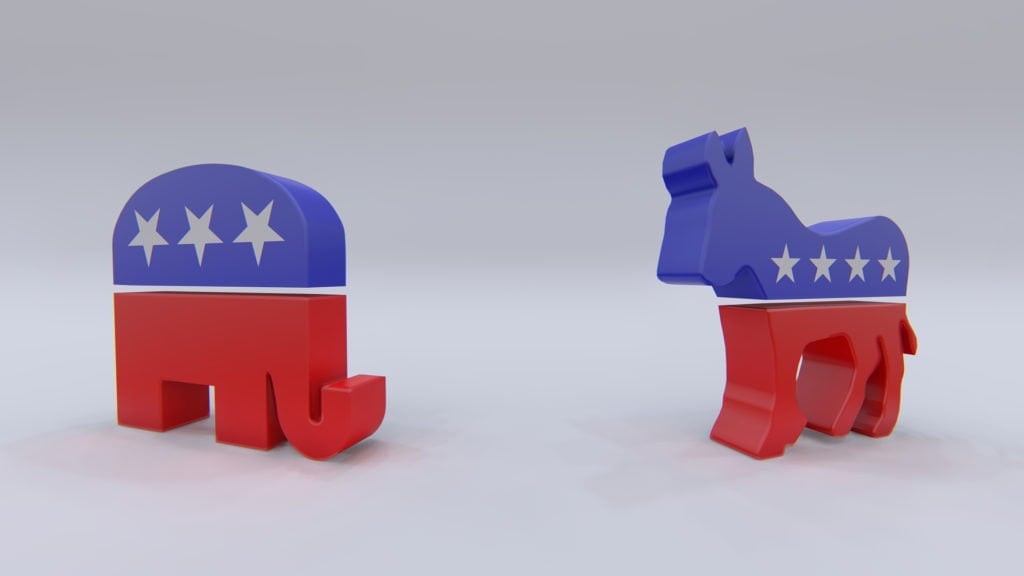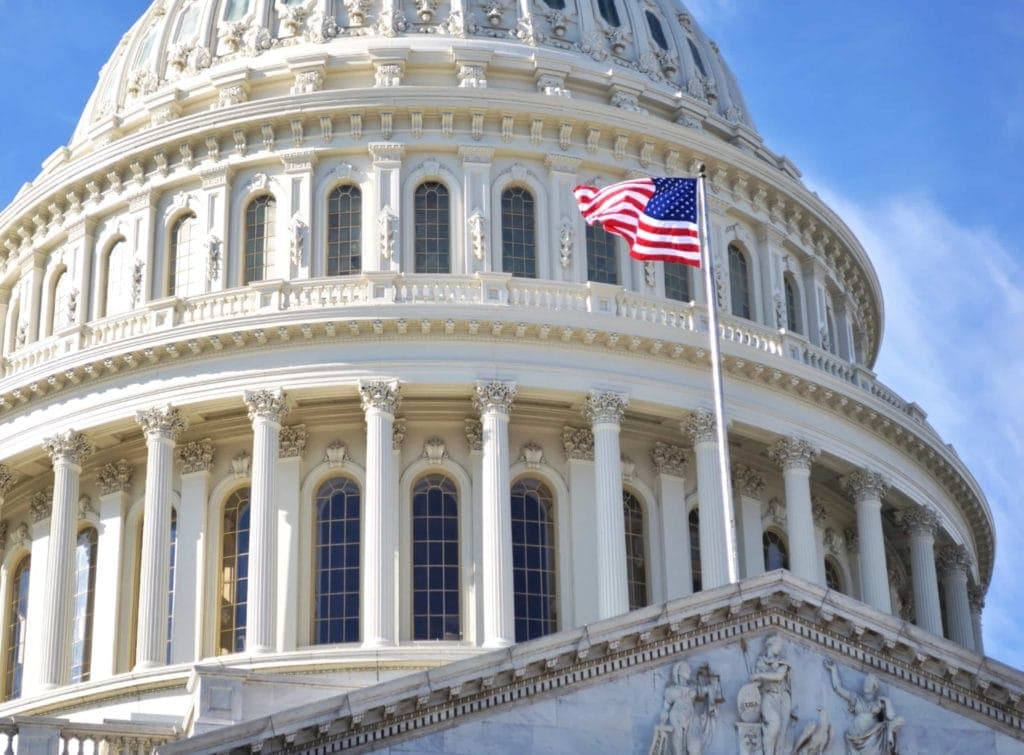A common topic in contemporary political discourse has lately centered on “deregulation” or “regulatory rollback” of government regulations in the marketplace, especially those originating at the federal level.
Critics of government regulations usually argue that they are too costly relative to their (meager) benefits, while proponents of regulatory policies typically claim that the regulations themselves carry great benefits but that the rules may be poorly implemented.
However, the defenders of regulation rarely confront deeper arguments about the actual costs of the policies they propose, and the critics of government regulation rarely make sound economic arguments against them, either out of ignorance, or for fear of ruffling the feathers of powerful interest groups or offending the sensibilities of the typical voter.
What are some of the economic arguments against government regulation?
1) Government regulations are a hidden tax on the market
Regulatory compliance costs, learning about and coping with often complex rules, along with whatever direct costs each specific regulation imposes on the targeted firms in the regulated market, merely act as a tax on the affected industry. Whether it be product manufacturing regulations, environmental or land-use regulations, labor market regulations, regulations on marketing and advertising, health care mandates, or financial and banking regulations, business firms in the affected industry will view these regulatory expenses merely as another cost of doing business, just as they would a tax.
As any economist will tell you, a tax drives a wedge between supply and demand, leading to higher prices for consumers and lower net revenues to producers in most markets. The only differences between a tax and a regulatory cost are:
a) the tax at least generates some revenue for government, and
b) the tax is typically more transparent and easier to measure relative to regulatory cost burdens, which tend to be hidden; the higher prices paid by consumers are not as easily traced back to their regulatory source.
But, business firms can only respond to regulatory costs in this manner (i.e., passing part of the regulatory expenses forward onto consumers and/or backward onto owners and shareholders), if they can continue to operate and remain profitable. In many cases, however, the regulations themselves will create a cost hurdle too high for some existing firms to remain in business or for potential firms to enter.
2) Government regulations dull competitive market forces by erecting barriers to entry and forcing marginal firms out of the market
Regulations often act as a suppression on competition, creating monopolistic or quasi-monopolistic outcomes in the affected industries. To the extent that regulations impose costs that lead some firms to exit the market, or discourage entry into the market by entrepreneurial startups, regulations lead to a less competitive marketplace.
The benefits of competition and open markets are well known. In a nutshell, competition imposes market discipline, forces business firms to be accountable to consumers, and incentivizes greater efficiency, lower prices, improved quality, and higher levels of innovation on balance.
Regulations that in any way encourage exit from the market and discourage entry into the market will naturally restrain competition and deprive consumers of those competitive benefits. Regulations almost universally lead to a less competitive marketplace. In fact, not surprisingly, this is precisely why many firms actually support greater levels of regulation, since regulatory barriers to entry often insulate existing or established firms from competition, giving these firms some monopoly power and lessening their accountability to consumers. This is known as the “capture” theory of regulation as described in argument number three.
3) Government regulations are a form of special interest protection and rent-seeking by the business community
The common perception is that “businesses hate regulation.” But this is a too-simple conclusion and often untrue.
In many circumstances, depending on the size and position of the firms within their industry, businesses crave regulation. From our earliest history of state and federal regulations beginning in the 1880s, regulations have been about placating the interests of existing firms who feel threatened by new rivals providing lower-priced and more innovative products. Established firms have at least two responses to such competitive threats: they can improve their products, lower their costs, become more efficient, and compete head to head with their new rivals.
Or, they can run to the government seeking protection from competition (either foreign or domestic) by advocating regulations that create barriers to entry, making it more difficult for new rivals to compete on a level playing field.
Examples of the latter tactic abound, including but not limited to product safety regulations, pricing disclosure regulations, mandatory government inspection of products and services, tariff schedules and a variety of import restrictions, and occupational licensing laws in increasingly more professions (see here). Indeed, managers and owners in existing business firms are often called upon by government officials as “experts” asked to help craft the regulations that will govern their industry, and then grandfathered into these regulations that will apply immediately to new incoming firms.
Such regulations are often marketed and sold to consumers and voters as “consumer protection” against fraudulent or sub-par and unscrupulous businesses. However, the deeper motivation is in exploiting regulation as a form of “business protection” from competition, limiting entry and insulating existing providers from threats to their market share and pricing power.
The recent restrictions and challenges faced by firms like Uber, Lyft, Airbnb, and countless professional services occupations from veterinarians to morticians to interior designers to manicurists and hair-braiding salons, are all testament to rent-seeking regulatory barriers to entry that favor existing firms while harming consumers, new rivals, and the overall efficiency of the marketplace. A telling piece of evidence in this argument is that new regulations rarely if ever originate with consumers or consumer groups seeking protection from faulty products or fraudulent services. Instead and inevitably, the support for regulations comes almost exclusively from the business community, and especially from existing firms hoping to impose entry barriers on potential rivals.
4) Government regulations are redundant, since the free market is self-regulating
Some alarmed readers may now be asking, “If government regulations were repealed, or if existing government regulations merely suppress competition with few if any benefits to consumers, then who or what will protect consumers in the marketplace other than the government?”
This is a fair question, and an important one. The answer is as old as the study of economics itself: the self-regulating competitive marketplace, a.k.a., Adam Smith’s “invisible hand.”
The free market, unfettered by the distortions of government regulations and ensconced within the framework of the rule of law and protections for property rights, is a wondrous mechanism of self-regulation and consumer protection like none other. Products that fail the market test are routinely weeded out, with the assets of the failed firm peacefully transferred into the waiting arms of competing investors and entrepreneurs who have better ideas about their employment. Service providers that fail to deliver the quality promised and sought by consumers will be forced to quickly adapt or liquidate.
Goods and services that appeal to and please consumers will thrive, while those that do not will be rejected and fail, all as long as the competitive forces of discipline, accountability, and efficiency remain in play in a market without regulatory barriers to entry. If unscrupulous business firms defraud consumers, break contracts, or should their products lead to consumer harm, the rule of law administered through courts and the judicial system stand willing and able to hear the cases of the harmed parties, uphold and enforce contractual obligations, settle disputes, and award damages to victims as appropriate.
As long as markets remain competitive and open to the threat of entrepreneurial entry, consumers will be protected by the combination of market forces and the rule of law upheld by the courts. Any further layer of government regulation on top of this self-regulating process is not only redundant and unnecessary, but will tend to corrupt and erode the market’s self-regulating nature by throwing costly barriers in the path of competition and innovation.
5) Government regulations threaten the rule of law and violate property rights, often subverting market forces to the arbitrary whims of bureaucratic decision makers
Initially, new government regulations are proposed and crafted in broad scope by political representatives. But, they are then turned over to federal or state government bureaucracies for implementation and enforcement where the details and minutiae are hammered out.
During the implementation and enforcement phases, agency officials are given wide latitude and discretion regarding the details of the regulations, which is why business firms and other interest groups are so keen to influence (or “capture”) the regulatory process for their own gain. The “how,” “where,” “why,” and “when” of the regulatory details are almost always left up to the exclusive discretion of the government agencies, personnel, and “expert advisors” who will be responsible for their enforcement, often leading to uncertainty and confusion in the marketplace (to say nothing of cronyism), especially during times of high turnover in the executive branch of government.
Entrepreneurship and innovation often become victims of this confusion and uncertainty. After all, if you do not know how or in what manner your enterprise will be regulated and impacted, and what costs you may ultimately be forced to bear as a result of the as-yet unknown or ever-changing nature of regulations, it is better to hold off, keep your powder dry, and avoid risking capital on new investments and ventures for which the potential return may be voided by the changing whims of regulatory interpretation and case law. This “regime uncertainty” limits entrepreneurial experimentation, R&D investments, innovation, and the normal trial-and-error process of a healthy, open, and dynamic marketplace.
The products and services that do come to be offered in a regulated marketplace are often tailored more toward satisfying political or bureaucratic interests than in serving the ultimate interests of the consuming public. The engineering and R&D that go into the creation of new products and services are less and less influenced by “consumer sovereignty” and more and more a result of “bureaucratic sovereignty.”
How many of us, in our capacity as consumers, have desired to purchase products (automobiles, home appliances, electronics, furniture and home goods, etc.) that included certain features we desired, but without other features we did not care to pay for, only to be told that such options were prohibited by government regulation and thus unavailable? You do not want to pay for feature A, and instead want only features B and C, but are not permitted this choice; the government regulations that dictate the manufacture, marketing, and sale of the product forbid it.
This is a clear regulatory violation of property rights, both the property rights of the firm in its ability to manufacture the good according to consumers’ revealed preferences, and a restriction on consumer choice in the types and variety of goods they may purchase. As such, government regulations often lead to sub-optimal, inefficient, and awkward market outcomes that leave many consumers frustrated. The irony is that these consumers cannot generally trace their frustrations back to the regulatory source, and instead mistakenly blame “capitalism,” “the market,” or “greedy businesses” for their inability to get what they want.
6) Government regulations are rarely subject to thorough cost-benefit analysis (CBA)
From a strictly economic point of view, there are no “good” regulations or “bad” regulations,” per se. There are only those regulations wherein benefits exceed costs, or regulations that impose costs in excess of benefits. According to pure economic theory, the goal is to maximize the former type of regulation and minimize or repeal the latter. However, there are two big challenges that make practical application of this economic theory extremely difficult if not virtually impossible.
First, actually measuring and assessing the costs and benefits of regulation is exceptionally challenging. As mentioned above, many of the costs of regulation are hidden and/or occur over long periods of time. How would those costs be measured, and what discount rate would be used to convert those costs into present-value dollar terms?
If some of the costs of regulations manifest themselves indirectly through reduced competition and decreased innovation, how could we measure the opportunity costs of the lost products and services that never enter the market, or the absence of lower prices and higher quality of which consumers are now deprived? What other unintended consequences of regulations might we miss due to the indirect and often veiled effect they have on incentives?
Likewise, government regulations may indeed produce some benefits, at least for some people, and measuring those benefits is no less problematic. What would beneficiaries of regulations be willing to pay in the market to receive those gains? How would we price or value the benefits? How do those benefits occur over time, and what discount rate would we use to express their present value? Some regulations may result in lives saved. How would we value a human life, and how would that compare to the costs of the regulations that led to the preservation of lives? As callous as it may seem, economists have no less than six different methods of valuing a statistical human life for CBA purposes. Which method would prove “best” and under what circumstances?
Additionally, just because government regulations may exhibit benefits is not alone enough to justify them. The social benefits of the regulations must exceed the society-wide costs, or the price is simply not worth it. For example, just to be safe, I could stop at a brake shop every day, on route both to and from my place of employment, just to have a mechanic certify that my brakes were in perfect working order. This could be of great benefit to me, perhaps even saving my life on some random day should my brakes otherwise fail.
However, the costs of having a daily checkpoint inspection performed on my brakes would far outweigh any marginal risk reduction or safety benefits I might receive. The costs in terms of both time and money would be excessive relative to the benefits. The same kind of calculus applies equally to the analysis of society-wide costs and benefits of government regulations.
It is just this hard reality that leads to the second challenge in the effective application of regulatory theory: even if we can overcome the first hurdle of cost-benefit measurement, most of the political forces governing the passage, implementation, and enforcement of regulations strongly resist subjecting them to any kind of cost-benefit analysis. This is especially true of the proponents of government regulation who often justify the regulations by emphasizing only the most obvious of benefits while ignoring (and encouraging others to ignore) the direct and indirect costs.
For those who propose greater and ever-more government regulation, either out of ideological zeal or for opportunistic and protectionist reasons, no cost is apparently too high a price to pay to achieve whatever benefits they believe will result. For them, any attempt to transparently measure and compare the costs with the benefits risks exposing regulations to uncomfortable truths that might make it more politically difficult for their supporters. Yet, if government regulations truly result in the benefits promised by their proponents, we should at least have the opportunity to perform a cost-benefit analysis on them.
Just because CBA of government regulation is difficult and complex does not mean we should not do the best we can to make comparisons. But in the case of regulation, thorough CBA is rare. The result is that the proponents of government regulation often receive a free pass, a kind of benefit of the doubt in their advocacy for more laws and rules. The burden of proof falls on the opponents and critics of government regulations to muster the case against. However, from an economic point of view, this is exactly backwards.
The onus of proof, and the duty to clearly demonstrate that benefits exceed costs, should fall squarely on the shoulders of those who propose new regulations, and it should be incumbent upon them to answer the arguments of opponents in the public forum. Otherwise, the special interest demand for more regulation will be virtually infinite, since regulation advocates will not be forced to bear the cost of producing sound supporting evidence in the form of rigorous CBA. The result is the continued stifling and throttling of market competition and marketplace efficiency, to the benefit of only a few narrow interests.
So, for all these reasons, government regulations pose serious threats from undetected costs and adverse consequences.
They act as hidden taxes that drive up prices for consumers, create barriers to entry that suppress competition and innovation, serve as protection from competition for established firms and the politically influential, are redundant on the self-regulating forces of the marketplace, violate property rights and the rule of law, lead to confusion and uncertainty in business investment and entrepreneurship, and their costs will tend to exceed their benefits unless subjected to rigorous cost-benefit analysis and a thorough vetting process.
A better approach is certainly to permit the automatic and self-regulating “invisible hand” of the market to “manage” the production and distribution of goods and services. Price signals, competition, and the profit and loss mechanism, together revealing the underlying conditions of supply and demand, are a far more sophisticated and responsive system of accountability than the often clumsy and crony “visible hand” of government regulation.
MORE IN DEPTH DISCUSSIONS ON CAPITALISM.COM:
• Income Inequality: A Simple Case of Supply and Demand
• Does Capitalism Promote Selfishness?
• Why Our Economy Needs ‘Decomposer’ Capitalists: Investing in Non-Performing Assets

